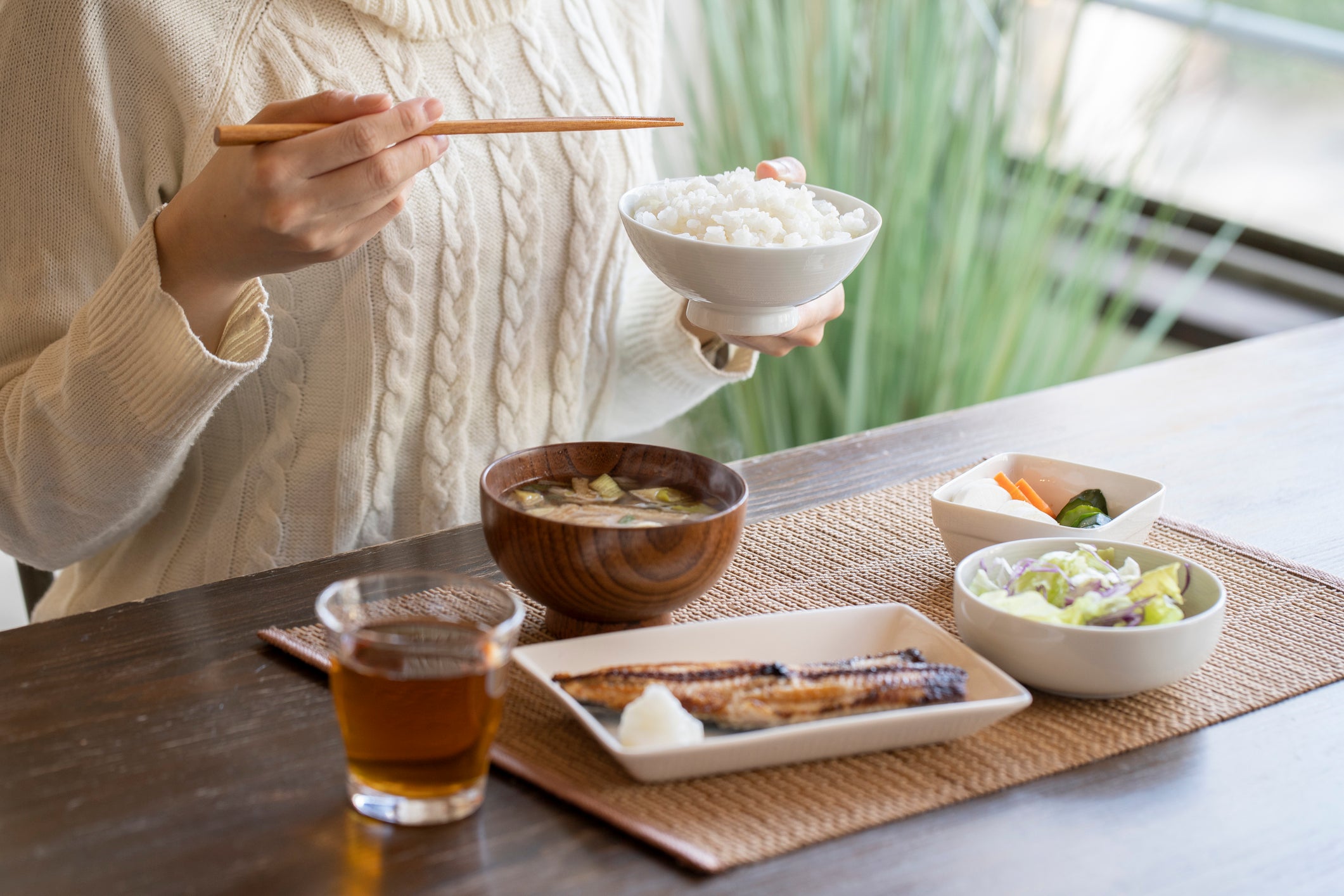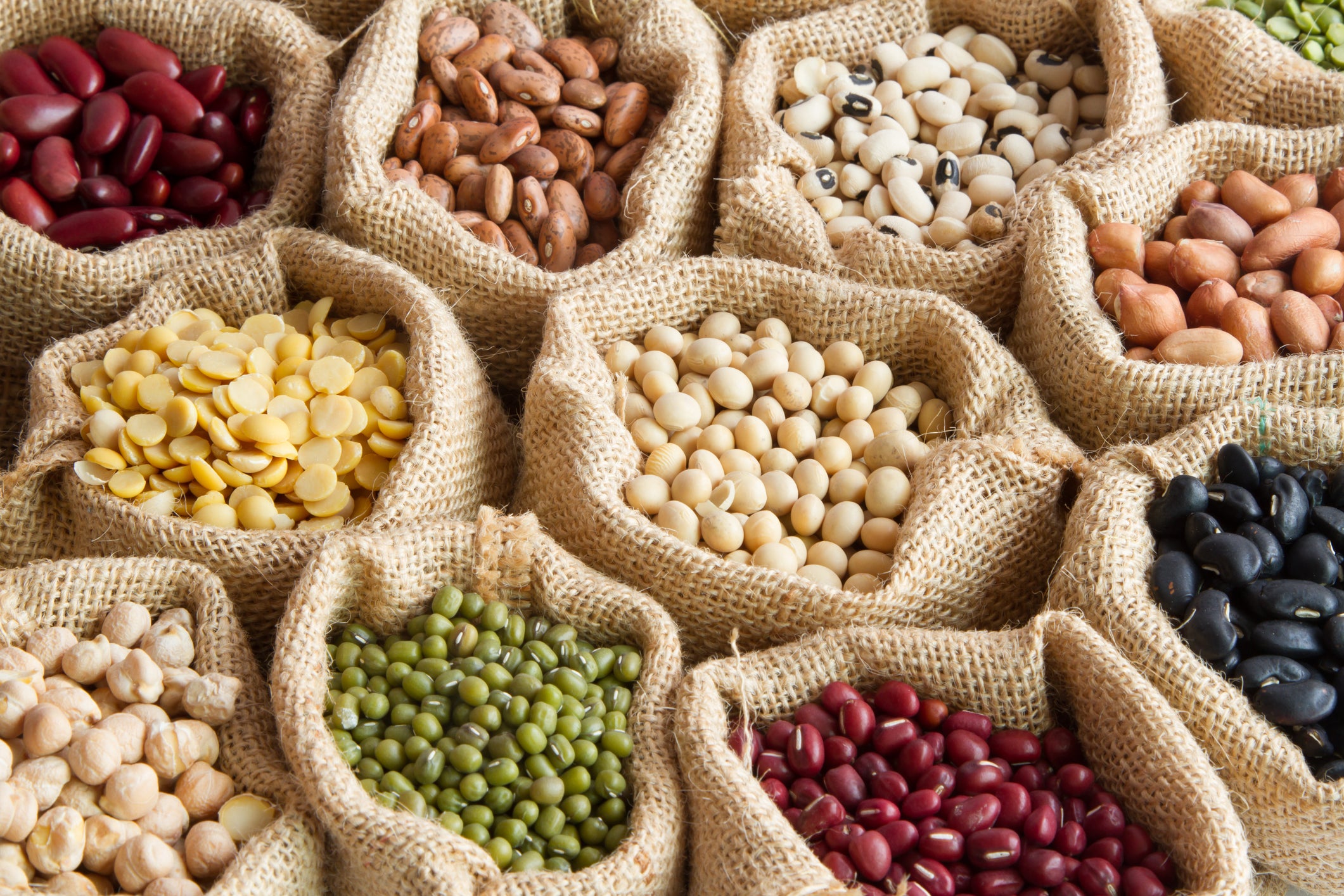In an age of 20-ingredient smoothies and mushroom powders with names that sound like Bond villains, it’s easy to forget that some of the world’s healthiest diets have existed for centuries – long before nutritional science tried to isolate the magic.
From the Mediterranean to Japan, Korea to Ethiopia, many cultures have been quietly eating in ways that promote long life, good gut health and better metabolic function. No protein bars or fibre gummies in sight. Just real food, mostly plants, made with care and eaten together. Radical, isn’t it?
But while these diets are often lauded as nutritional gold standards, it’s not the specific ingredients that make them so remarkable – it’s the pattern. The balance. The cultural rhythms that turn good meals into long lives. And according to a growing number of experts, there’s a lot we can learn from these global plates, even if we’re thousands of miles away.
Japan: simplicity, structure and the microbiome
A typical traditional Japanese meal is the antithesis of the Western plate. Think grilled fish, a bowl of rice, some pickled vegetables, miso soup, tofu and perhaps a little seaweed. It’s a masterclass in variety and moderation. And it’s not just what’s eaten, but how: small portions, slowly consumed, rarely late at night.
“Structured mealtimes, avoiding late-night eating and eating more slowly all support better metabolic health,” says Professor Sarah Berry, nutritional scientist at King’s College London and chief scientist for the ZOE health study. “A regular eating rhythm helps align food intake with our body’s internal clocks, and allowing time between meals gives the gut and metabolic system time to rest and reset.”
Japanese cuisine also prioritises fermentation – miso, natto, pickles – long celebrated for their microbiome-supporting benefits. While not everyone is rushing to embrace slimy soybeans at breakfast, the principle stands: diversity, restraint and timing matter.

open image in gallery
Small portions, slowly eaten, rarely late at night – the traditional Japanese way is as much about how you eat as what you eat (Getty/iStock)
Soy, too, has faced its share of controversy. “For a time, it was thought that soy products could increase the risk of hormone-related cancers, particularly breast cancer in women,” says nutritionist Rhiannon Lambert.
“However, high-quality studies have shown that moderate soy intake from traditional sources like tofu, tempeh, and miso is not only safe but may actually reduce the risk of breast cancer recurrence and may also support heart health.”
Mediterranean: the most studied diet in the world
It’s been name-checked by everyone from the NHS to Netflix, but the Mediterranean diet has the receipts to back it up. Centred on vegetables, legumes, wholegrains, olive oil, fish and moderate amounts of dairy and wine, it’s been linked to everything from heart health to lower inflammation.
There’s a fair amount of fat in the Mediterranean diet – olive oil, oily fish, even full-fat dairy – but that’s no reason to fear it. In fact, much of what makes this way of eating so beneficial comes down to the type of fat it favours.
“Over the years, fats have been unnecessarily demonised,” says Berry. But, “without good quality fats, our bodies couldn’t function.”

open image in gallery
The Mediterranean diet has the receipts to back up its reputation as the healthiest diet in the world (Getty/iStock)
“Perhaps the best-known ‘good’ fats are omega-3s, which are found in high amounts in oily fish.” Meanwhile, “monounsaturated fats, like those in olive oil, vegetable oils, nuts and seeds, are also healthy fats.”
The fats to watch out for, and which many of these diets naturally avoid, are saturated fats from animal-based foods. “Consuming large amounts of these fats is linked to increased heart disease risk,” she says, and “many heavily processed foods also contain saturated fats.”
Lambert adds that while we do need to be mindful of saturated fat intake and ensure it doesn’t exceed recommended limits, “emerging evidence suggests that full-fat dairy, such as milk, yoghurt and cheese, does not increase cardiovascular disease risk and may even be protective when consumed as part of a balanced diet.”
Ethiopia: high fibre, low fuss
While less frequently name-dropped in Western health circles, Ethiopia’s traditional plate deserves a place in this conversation. Injera, a fermented flatbread made from teff flour, is the base for a meal of spiced lentils, stewed greens and split peas. It’s affordable, packed with fibre and plant protein and naturally gluten-free. Plus, it tastes phenomenal.
Emerging evidence suggests that full-fat dairy, such as milk, yoghurt and cheese, does not increase cardiovascular disease risk and may even be protective when consumed as part of a balanced diet
Rhiannon Lambert, nutritionist
“Traditional diets built around whole foods like these are naturally nutrient-dense,” says nutritionist Rob Hobson. “They provide fibre, slow-releasing carbohydrates, healthy fats and a wide range of protective phytonutrients that support everything from heart health to blood sugar control.”
“When you eat like this regularly, you’re fuelling your body with what it genuinely needs to thrive.”
Fibre, he says, is the real unsung hero. “It is linked to so many positive health benefits,” he says, but “intakes are low [in the UK] – benefits include reduced risk of heart disease, high cholesterol, type 2 diabetes, colorectal cancer, as well as helping to manage appetite and body weight through their satiating effects.”
“You can also throw gut health in there, too, as different fibres help with different areas of gut health, like feeding the bacteria in your microbiome and keeping you regular.”
Berry agrees: “It’s sensible to focus more on plant diversity as they do in traditional diets: although the shelves are stocked with high-protein products, the nutrient that around 90 per cent of people in the UK and US are deficient in is fibre, which we get from fruit and veg.
“Upping fibre intake will support almost all aspects related to health.”
The blue zones: beans, simplicity and longevity
Dan Buettner, the man who popularised the concept of “blue zones” – regions where people live the longest and healthiest lives – has spent years studying places like Okinawa, Ikaria and Sardinia. What ties them together isn’t just centenarians, it’s a superfood. It’s beans. And simplicity.
“Across all five blue zones, we found strikingly similar dietary patterns,” says Buettner. “The foundation is what I call a ‘plant slant’, around 90 to 95 per cent of what people eat comes from whole, plant-based foods. That includes beans, greens, whole grains, nuts, seeds and seasonal vegetables.”

open image in gallery
Beans, lentils and pulses are the quiet MVPs of longevity (Getty/iStock)
These foods, he says, are nutritional powerhouses, rich in fibre, packed with plant protein and loaded with phytochemicals and antioxidants that lower inflammation and combat oxidative stress, both key drivers of chronic disease and ageing. “Take beans, for example,” he says. “They’re inexpensive, versatile and provide a perfect combination of nutrients that support both gut and brain health.”
And here’s the real secret: they also taste good. “Taste is the number one driver of long-term healthy eating,” Buettner believes. “You could discover a vegetable that adds 20 years to your life, but if people don’t like the way it tastes, they’re not going to eat it.” The genius of blue zone diets is that they feature simple, humble ingredients that have been refined over generations into meals people actually want to eat, day after day.
“Meat is eaten sparingly, often as a celebratory food, maybe once a week,” he adds, and “there’s almost no processed food, little to no added sugar, very little cows’ dairy and meals are made from scratch.”
They cook at home. They rarely snack. Meals are slow and social. “These people didn’t think of their diet as ‘healthy’; they ate this way because it was affordable, delicious and embedded in their culture,” he says. “And it’s that pattern, simple, plant-forward meals, that consistently supports long lives free of chronic disease.”
Why don’t we all eat like this already?
Because, says Hobson, while these diets offer an aspirational model, the reality is often more complicated. “What all these diets have in common is that they are made up of whole and minimally processed foods and we know from research that these countries consume less UPFs than the UK – this has a lot to do with the fact they have strong food cultures that revolve around home cooking, eating together, specific types of foods and buying local produce.”

open image in gallery
Ultra-processed foods are engineered for convenience, but the long-term trade-offs are far harder to digest (Getty/iStock)
But in the UK, he says, these traditions aren’t as embedded. “Often it requires time, cooking skills and the budget to buy fresh local produce, which comes at a premium here.”
You can adopt these principles quite easily without overhauling your life, however, Hobson says. “You don’t need to start fermenting your own miso or baking injera. A good place to start would be introducing some more whole foods into your daily diet, like beans and lentils, switching to just using olive oil like in the Med, going plant-based once a week or eating more fresh fish.
“These swaps are accessible at most supermarkets and can be incorporated into familiar meals,” he says. “You can add beans and lentils to basically any dish!”
He’s not anti-convenience, but warns that ultra-processed foods, which now make up over half of the average British diet, come with hidden costs.
“UPFs tend to be high in salt, sugar and unhealthy fats, but low in the nutrients that support long-term health,” he says.
The issue isn’t just the nutritional profile either. “UPFs are often designed to be hyper-palatable, making it easier to overeat, and they don’t support gut health in the same way as fibre-rich whole foods. Likely it’s an accumulation of these factors together that does the most harm.”
You also don’t need to stick to just one traditional diet – why not just pick out the best bits that are most achievable for you?
Rob Hobson, nutritionist
So what can we do?
Rather than trying to replicate these diets perfectly, Hobson suggests we treat them as inspiration. “You also don’t need to stick to just one traditional diet – why not just pick out the best bits that are most achievable for you?”
“Shifting towards more home-cooked, simple meals using basic ingredients is one of the most powerful things you can do to improve your health and it doesn’t have to be complicated or expensive,” he adds.
It’s not about striving for perfection or completely overhauling the way you eat overnight, says Lambert. “A much more realistic and sustainable approach is to focus on small, consistent changes that help you include more whole and minimally processed foods across the week.”
She recommends building your meals around vegetables, legumes and pulses, aiming for colour, texture and variety on your plate, including good-quality sources of protein like lentils, chickpeas, tofu, eggs, fish or a moderate amount of lean meat, and incorporating more unrefined wholegrains such as oats, brown rice and wholemeal bread.
Buettner agrees: “Cook at home and make beans the star of your plate. That one shift alone could add years to your life.” And, making a habit of preparing one or two plant-based meals a week will “save money, lower your disease risk and start reshaping your taste preferences”.
If that sounds a bit much, Berry offers perhaps the most realistic starting point: eat in a consistent pattern, eat slowly and eat more fibre.
All that to say, sometimes the oldest advice is still the best.
